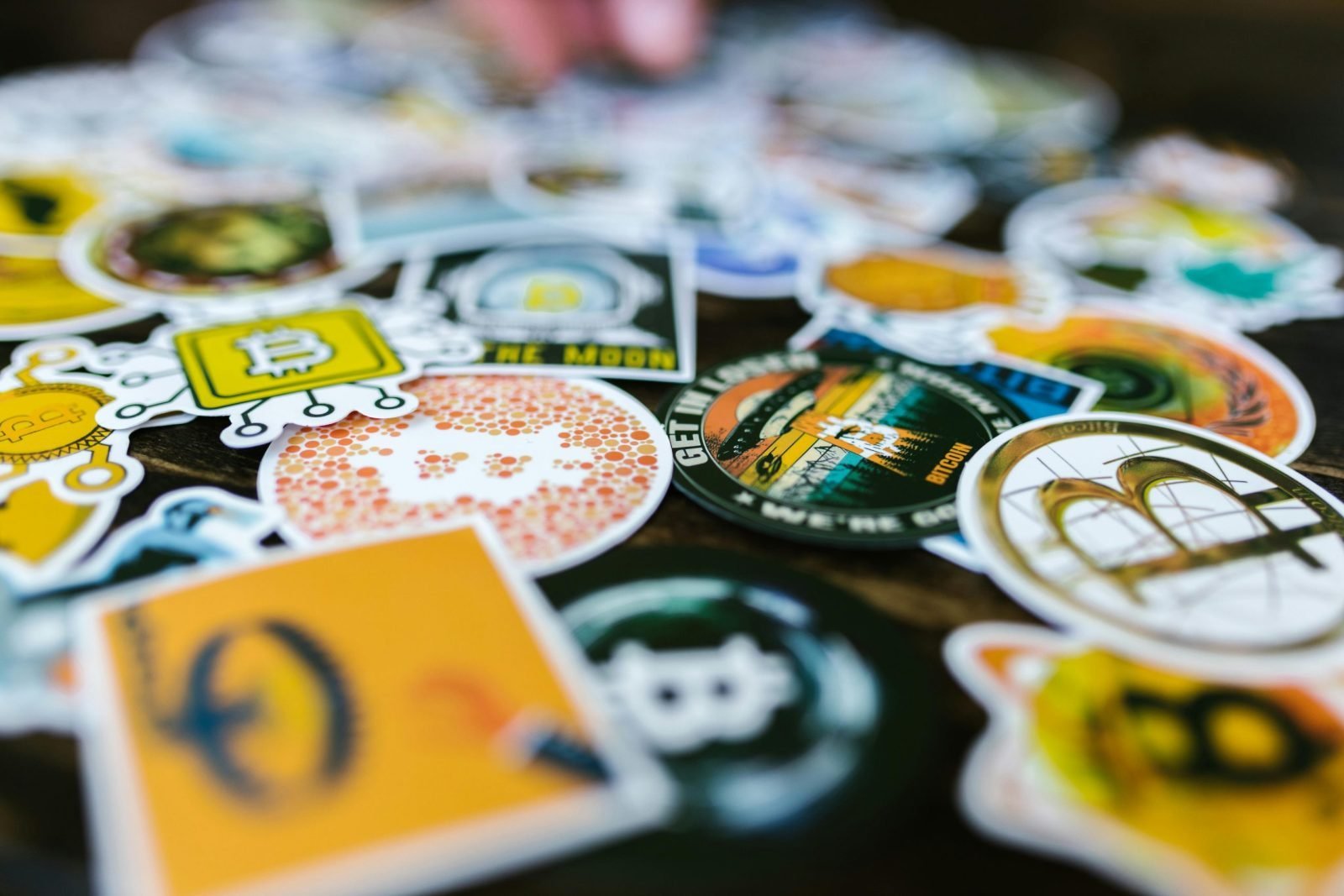Digital Minimalism: How Less Tech Leads to More Life
In today’s hyper-connected world, it’s easy to feel overwhelmed by the constant flow of information and notifications. While technology has made life more convenient, it’s also become a source of stress, distraction, and burnout. Enter digital minimalism—the idea that less technology can lead to a more fulfilling, focused, and productive life.
In this article, we explore the principles of digital minimalism and how simplifying your relationship with technology can bring balance back into your life.
What is Digital Minimalism?
Digital minimalism is a lifestyle philosophy that encourages people to reduce the use of unnecessary technology, focusing only on the digital tools that serve their goals and well-being. It’s about being intentional with how you use your devices, social media, and apps. The goal isn’t to eliminate technology but to use it more mindfully, ensuring it adds value rather than clutter.
At its core, digital minimalism encourages:
- Intentional Use: Choosing tools and apps that support your goals.
- Mindful Consumption: Avoiding endless scrolling and passive media consumption.
- Focus on Meaningful Connections: Prioritizing relationships over digital distractions.
The Problem with Overconsumption of Technology
Technology isn’t inherently bad, but overuse and overconsumption have serious consequences. Here are some of the downsides of excessive technology use:
- Mental fatigue: Constantly switching between tasks and notifications leads to decision fatigue and mental exhaustion.
- Time wasted: Hours spent on social media, mindless browsing, or watching videos can add up, leaving less time for meaningful activities.
- Disconnection: Ironically, digital overuse can lead to disconnection from real-life relationships, as we prioritize screen time over face-to-face interactions.
- Stress and anxiety: The constant flow of news, emails, and updates can heighten stress and make it difficult to relax.
Digital minimalism is the antidote to these issues, offering a way to break free from the endless cycle of tech dependence and rediscover what truly matters.
Benefits of Digital Minimalism
Adopting a digital minimalist lifestyle offers several key benefits that can enhance both your personal and professional life:
1. Improved Focus and Productivity
By reducing distractions, you can concentrate better on the tasks that matter most. Digital minimalism encourages you to turn off non-essential notifications, limit social media usage, and spend more time in deep work.
2. More Time for Real-Life Relationships
When you’re not consumed by your phone or computer, you have more time to nurture your relationships. You’ll be present and engaged with friends, family, and colleagues.
3. Better Mental Health
Constant exposure to digital content can lead to feelings of overwhelm, anxiety, and burnout. Digital minimalism allows you to step back, disconnect, and take time for self-care, reducing stress and enhancing your overall well-being.
4. Enhanced Creativity
When you’re not constantly scrolling through your feed or checking emails, your brain has space to think, reflect, and create. This mental clarity leads to enhanced creativity and innovation.
How to Practice Digital Minimalism
The principles of digital minimalism can be applied in various areas of your life. Here’s how to start:
1. Declutter Your Digital Space
Take stock of the apps, websites, and devices you use daily. Delete apps that don’t serve a specific purpose and streamline your digital environment. Unsubscribe from email lists that clutter your inbox and reduce the number of channels you’re constantly monitoring.
2. Create Tech-Free Zones
Set boundaries around technology use by designating certain areas or times as tech-free. For example, avoid using your phone during meals, and set up a “no screens” zone in your bedroom to improve sleep quality.
3. Limit Social Media Use
Social media can be a major time-sink. Try limiting your social media usage to specific time blocks during the day, or uninstall apps from your phone to prevent mindless scrolling. Focus on using social media for meaningful connections and engaging with content that adds value to your life.
4. Practice Digital Detoxes
Set aside regular periods of time for a digital detox. Whether it’s a weekend retreat, a day off from all screens, or simply turning off your phone for a few hours each evening, disconnecting from technology allows you to reset and recharge.
Common Myths About Digital Minimalism
You might be thinking that digital minimalism means completely abandoning technology. However, that’s not the case. Let’s debunk some common myths:
Myth 1: “Digital Minimalism Means No Technology”
Reality: It’s not about eliminating all technology, but using it intentionally and purposefully.
Myth 2: “Digital Minimalism Is Only for People Who Don’t Work in Tech”
Reality: Anyone can benefit from digital minimalism, regardless of your job or industry. The goal is to use tech more consciously, not to give it up entirely.
Myth 3: “Digital Minimalism Means You Can’t Have Fun Online”
Reality: Digital minimalism isn’t about depriving yourself of enjoyment; it’s about finding a balance that allows you to engage with technology in a way that’s fulfilling and enriching.
Final Thoughts
In a world where technology can easily become overwhelming, digital minimalism offers a path back to simplicity and clarity. By reclaiming control over your digital habits, you can improve your focus, reduce stress, and live a more meaningful life.
Remember, digital minimalism is about being intentional. It’s about choosing the technology that aligns with your values and letting go of the distractions that don’t serve you. Start small, be mindful, and enjoy the benefits of a less cluttered, more focused life.








Leave a Reply